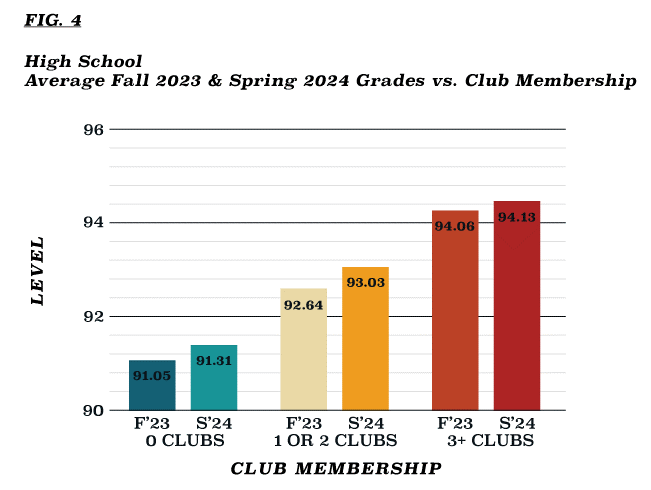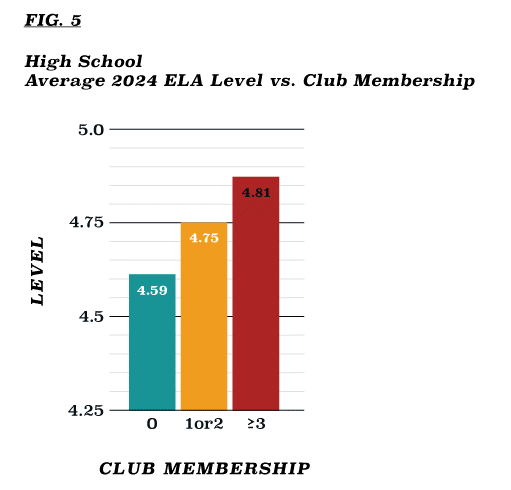Dr. Joel Herbst is the Assistant Dean for Florida Atlantic University’s College of Education, overseeing the Office of PK-12 Schools and Educational Programs. In this role, he also serves as Superintendent for the FAU School District, leading the A.D. Henderson University School, Florida Atlantic University High Schools in Boca Raton and Jupiter, the Pine Jog Environmental Education Center, the Bezos Academy, and the Max Planck Academy. Dr. Herbst has been deeply involved in the broader educational community through his participation on various committees and boards. He has served as the President of the Florida Association of School Administrators, as a Board Governor for the American Association of School Administrators, as President of the Broward Principals and Assistants Association, and as a member of the Coca-Cola Company Council of Corporate Partnerships. He has also worked with the Southern Association of Colleges and Schools.
I have the unique opportunity to steward the Florida Atlantic University School District, anchored by the A.D. Henderson University School and Florida Atlantic University High School—a legislative-designated laboratory school in Florida. This designation underscores our commitment to innovative student-led research with global impact and faculty-led research that influences educational practices beyond our schoolhouse gates.
Moneyball
Throughout my career in senior leadership, I’ve focused on predictive analytics, examining ways to enhance student achievement by exploring both school and contextual factors. My interest in this field was inspired by the movie Moneyball, based on Michael Lewis’s book. It portrays the Oakland Athletics’ 2002 season, where Paul DePodesta applied a new analytical approach to baseball, yielding remarkable results. This sparked my curiosity: Could similar principles be applied to public education? Could this reveal opportunities that traditional methods have missed?
DePodesta, a Harvard economics graduate, revolutionized baseball by rethinking long-accepted beliefs. Instead of relying on conventional, often flawed wisdom, he focused on overlooked data points, such as a player’s on-base percentage. By shifting his focus, he created a competitive advantage.
Several years ago, I had the privilege of speaking with DePodesta. His insights deepened my frustration with education’s limited use of predictive analytics. While industries like sports and finance employ advanced models to forecast outcomes, education remains largely reactive, analyzing past performance without a future-focused strategy.
School districts, like hedge funds or sports teams, should be using the brightest minds in quantitative analytics to anticipate trends and outcomes. These models could identify key school and contextual factors affecting student success, allowing districts to optimize resource allocation. A key discovery in this process was the impact of student participation in competitive clubs on academic performance and other contextual factors such as attendance and behavior.
Hiding in Plain Sight: The Analytics
Our school offers a wide range of extracurricular clubs, including 26 competitive clubs. Anecdotal evidence suggested that students involved in these clubs demonstrated better engagement, including higher attendance rates, fewer tardies, and fewer behavior issues. This prompted a deeper investigation into the relationship between club participation and academic outcomes, including standardized test scores and GPAs.
We studied 1,330 students, of whom 883 participated in at least one extracurricular club. The data revealed a significant positive correlation between club membership and academic performance, particularly on standardized tests.
In Florida, students in grades K-10 are tested across various subjects. Our study focused on grades 3-10, examining performance levels across subjects like writing, algebra, science, and history. These assessments are scored on a scale from Level 1 (non-proficient) to Level 5 (proficient), with Level 3 indicating minimum proficiency.
Elementary School Outcomes
The data showed that students involved in clubs consistently outperformed their peers. In elementary grades, club participants had higher proficiency levels in all subjects. For instance, in English Language Arts (ELA), the average proficiency score for club members was 4.14, compared to 3.93 for non-members. In math, club participants scored 4.35 on average, compared to 4.08 for non-participants. The biggest difference was seen in science, where club members scored an average of 4.27, compared to 3.75 for non-participants. However, no significant differences were found in GPAs at the elementary level.

Middle School Outcomes
In middle school, club participation continued to correlate with higher standardized test scores. Club members scored 4.37 on average in ELA, compared to 3.86 for non-participants. In math, club participants averaged 4.63, while non-members scored 4.17. Civics showed a substantial difference, with club members scoring 4.82 on average, compared to 3.82 for non-participants. Science scores followed a similar trend, with club participants averaging 4.62, compared to 3.73 for non-club members.

In terms of GPAs, middle school club participants had a 7% higher average than non-participants. Students involved in three or more clubs had an even larger GPA boost, with a 9% higher average than those in no clubs. These trends mirrored the positive correlation between club participation and standardized test scores.

High School Outcomes
In high school, club participation also correlated with academic success. On average, students in clubs had higher grades than their non-participating peers. A third of students not involved in clubs showed lower GPAs and underperformed on standardized assessments in ELA. Across all grades, academic success, as measured by both GPAs and standardized tests, increased with greater club participation. The data suggested a dose-response relationship: the more clubs students were involved in, the greater their academic performance.

 Discovery and Next Steps
Discovery and Next Steps
Beyond academic performance, the analysis revealed high school improvements in contextual factors such as attendance, tardiness, and behavior among students involved in clubs. These students also showed increased agency, leadership, and peer mentorship. For example, members of the speech and debate club coached peers participating in the science fair, offering support with their presentations.
Moving forward, we plan to further utilize the data to analyze the impact of individual clubs on specific academic outcomes. By identifying which clubs provide the greatest return on investment in terms of both academic and developmental outcomes, we can better allocate resources and encourage broader participation.
Additionally, our instructional team is working to align instructional focus calendars with club competition timelines. This will allow for more purposeful instruction, helping students see the real-world applications of their learning and answering the question, “Why do we need to learn this?”
The analytical insights gained from this study have already begun to shape our approach to student engagement and success. By leveraging predictive analytics, we aim to equip our instruction and support staff with the tools they need to anticipate student outcomes and tailor educational experiences accordingly. Club participation is just the beginning; we’ve discovered other factors that contribute to academic success, each providing unique insights to guide our efforts in maximizing student achievement.




